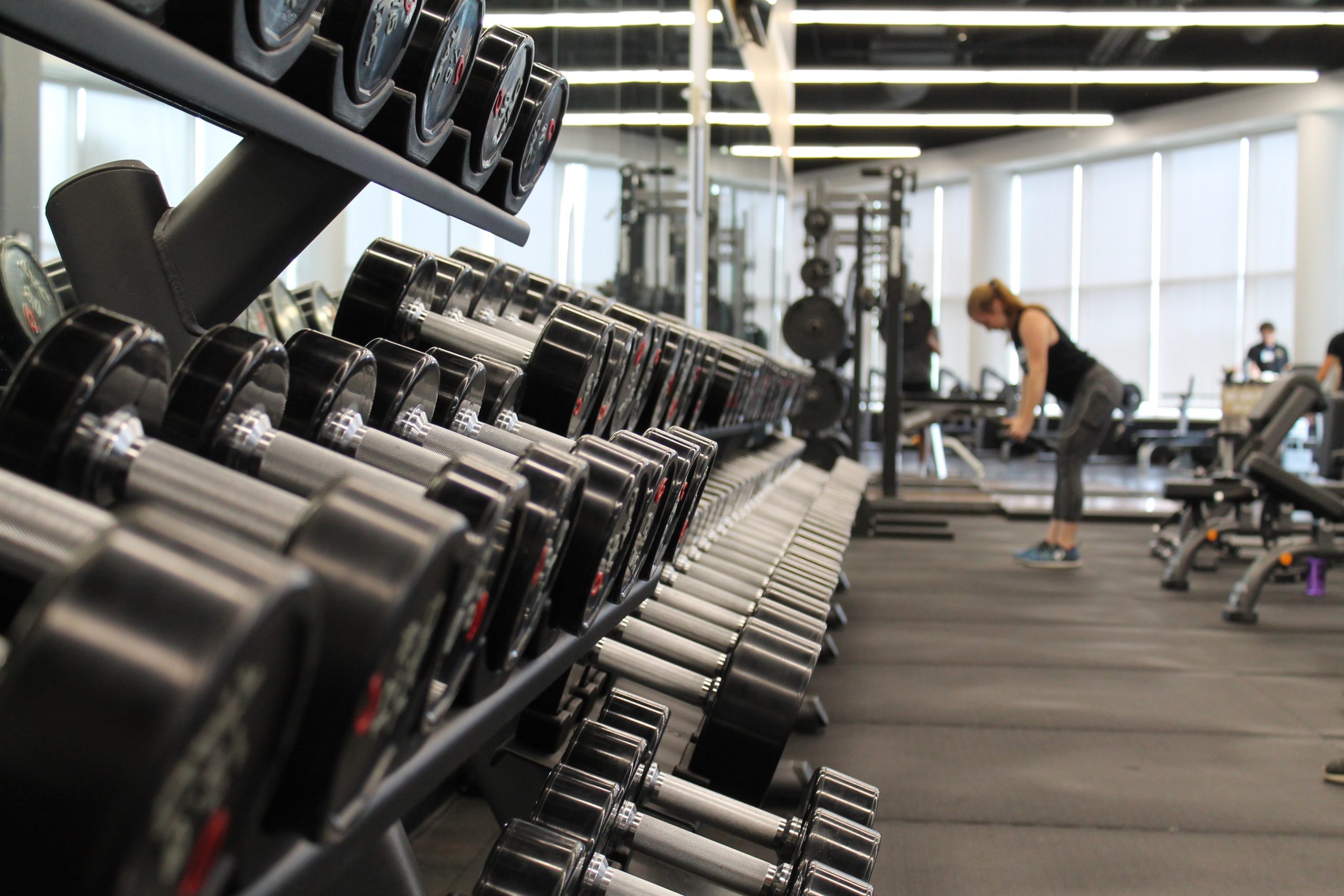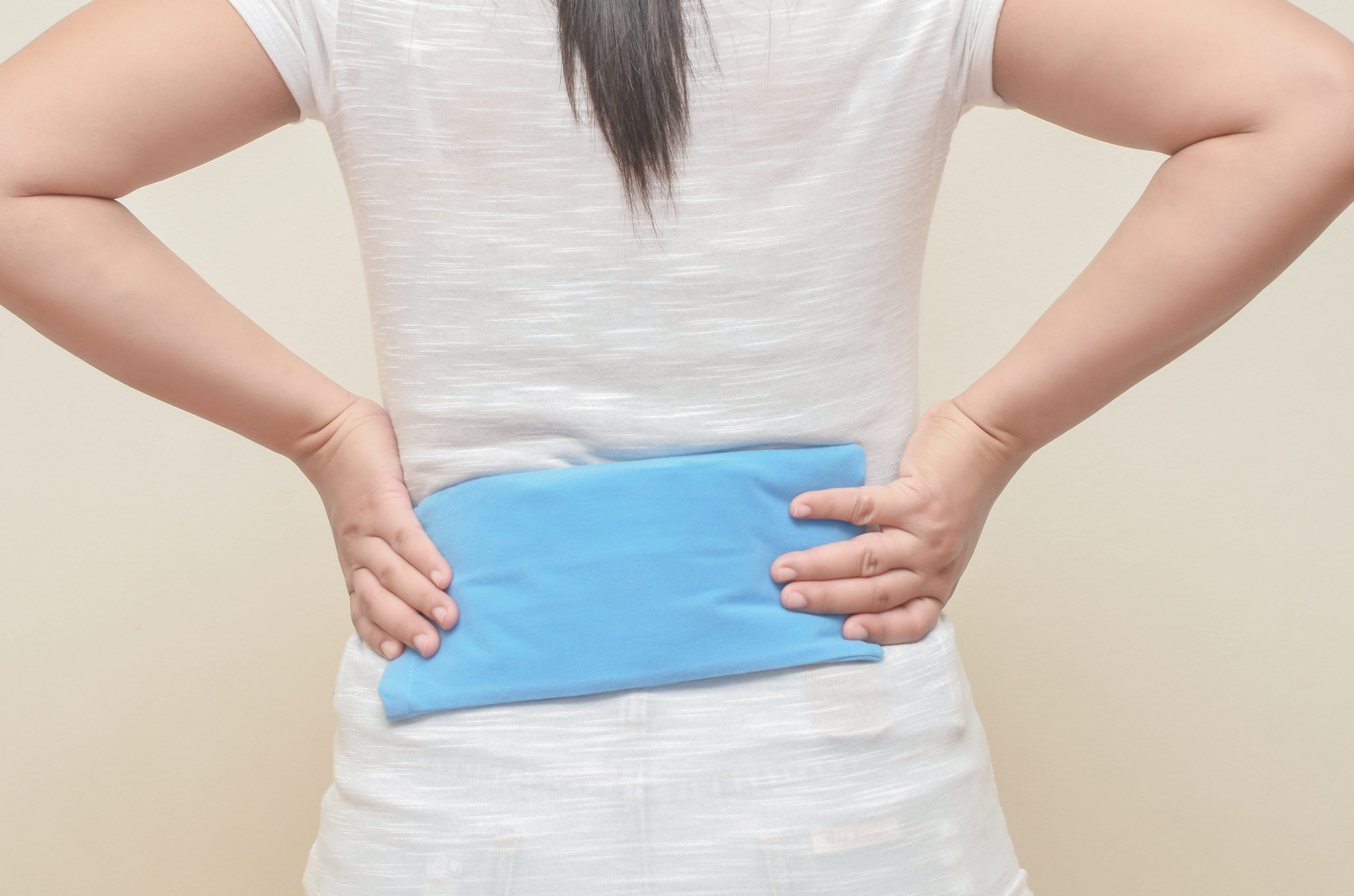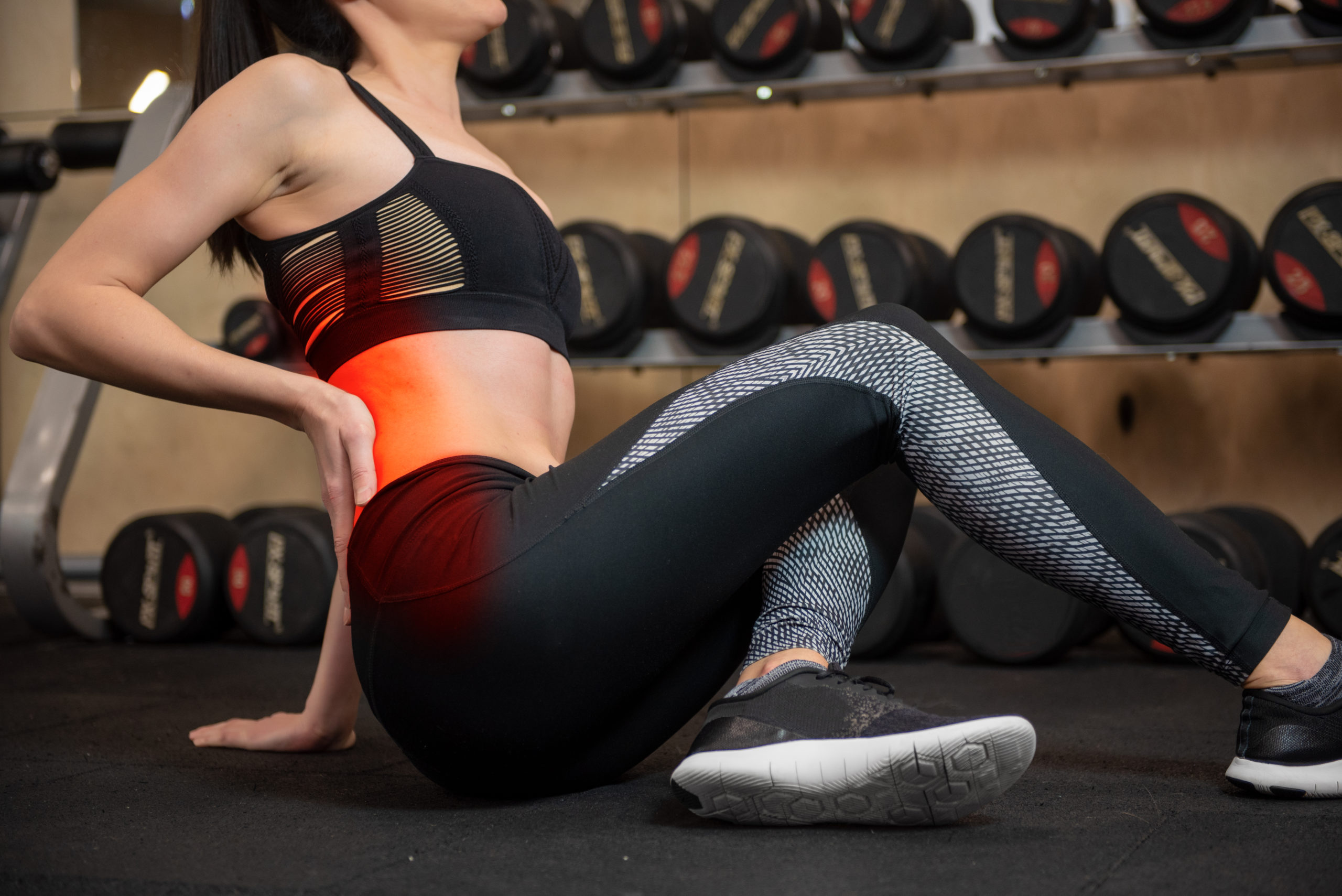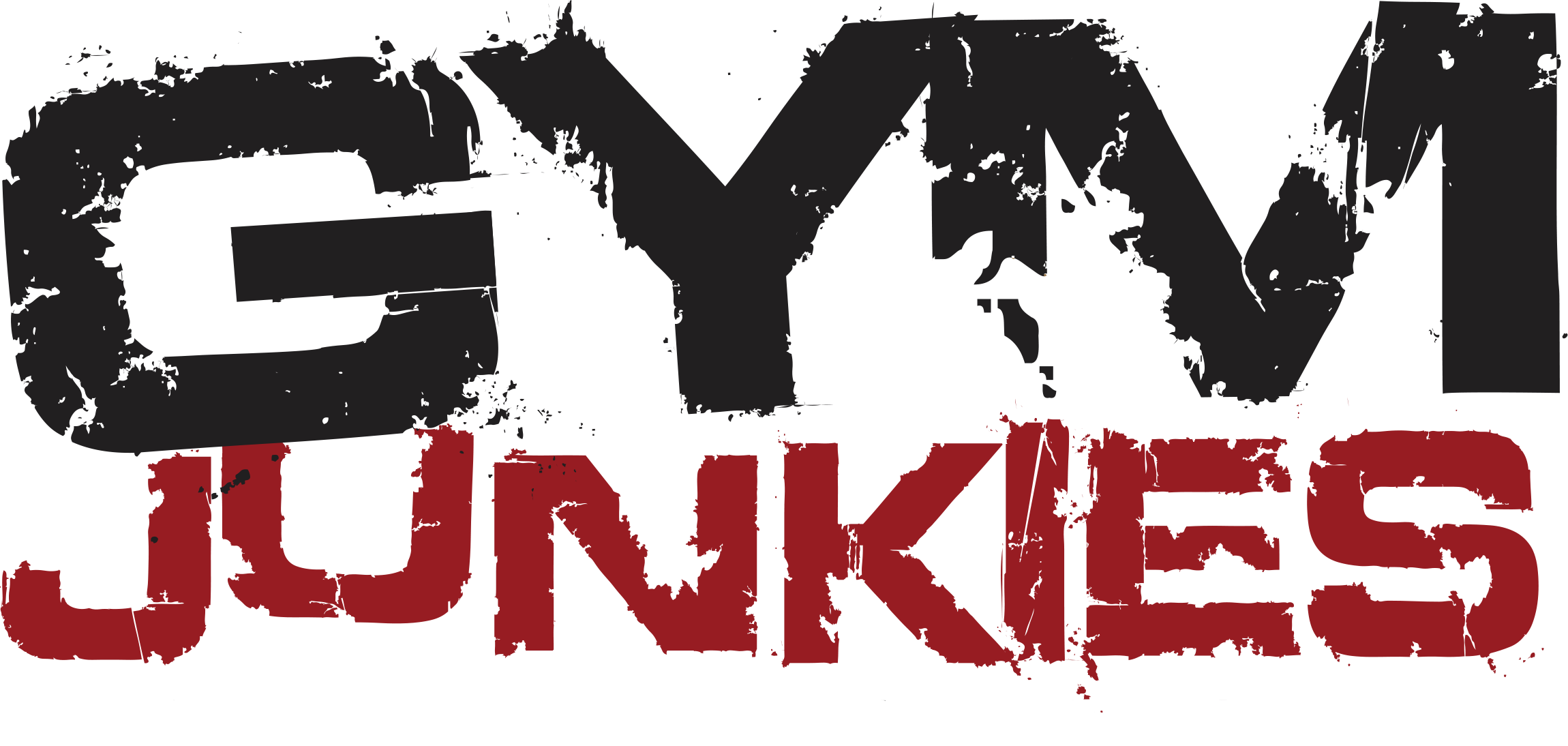
It’s no secret that spinal injuries can be devastating, both physically and emotionally. But just because you’ve suffered a spine injury doesn’t mean you have to give up on your fitness goals. In fact, getting back to the gym after spine injuries is possible with some careful planning and preparation. Below are six tips to help you get back to the gym safely after a spine injury.
1. Get Clearance From Your Doctor Before Getting Back to the Gym

When you suffer a spine injury, it’s important to follow your doctor’s orders and get clearance before returning to the gym.
This is to ensure that you are healthy enough to exercise and that you won’t further injure yourself.
Your doctor knows what’s best for your spine, so it’s important to listen to their advice. Getting clearance before returning to the gym will help you stay healthy and avoid further injury. Some benefits of listening to a spine doctor includes helping to prevent future injuries, promoting healing, and reducing pain.
They will likely give you a list of exercises to avoid and activities that are safe for you to do. So listen to their instructions.
2. Prepare Yourself Mentally and Emotionally
No matter how minor, a spine injury can be a very serious and life-altering event. If you’re an a or bodybuilder, getting back to the gym after a spine injury can be especially daunting. Preparing yourself mentally and emotionally is crucial to your success.
So to do this, learn as much as you can about your injury. What caused it? What are the risks of re-injury? How long will it take to heal?
This knowledge will help you better understand the precautions you need to take and give you the confidence to slowly but surely get back to the gym.
3. Set Small, Achievable Goals

Start by setting small, achievable goals. For example, if you were previously working out five days a week, start by shooting for three days a week. Or, if you were running 10 miles a week, start by running five miles a week.
It’s important to set goals that are small and achievable, so you don’t get discouraged.
When doing this, to help you stay on track, use a workout journal to document your progress. This will not only help you stay accountable, but it will also allow you to see your progress over time.
Make sure to record not only the workouts you do, but also how you feel afterwards.
This will help you track your progress and ensure that you are moving in the right direction.
4. Get a Physical Therapist
If you’re serious about getting back to the gym, it’s a good idea to get a physical therapist. A physical therapist can help design a workout routine that’s specifically tailored to your needs and limitations. Not all physical therapists are created equal.
When you’re looking for a therapist, be sure to find one who specializes in spine injuries. This will ensure that you get the best possible care.
There are many benefits to working with a physical therapist. First and foremost, a physical therapist can help you avoid further injury.
They’ll also be able to help you choose the right exercises for your level of fitness and make sure you’re doing them correctly.
In addition, a physical therapist can provide much-needed motivation and support during your recovery.
5. Get Enough Rest

After suffering a spine injury, it’s important that you get enough rest. Your body needs time to heal and recover from the injury.
Depending on the severity of your injury, you may need to take some time off from work or other activities. Get plenty of sleep and avoid strenuous activity.
Once you feel like you are rested and your pain is under control, you can start to slowly get back into your normal routine. Start with some light activity and gradually increase the intensity as you feel comfortable. It’s important to take things slowly after a spine injury.
Don’t try to push yourself too hard, too fast. If you start to feel pain, back off and take it easy.
Healing from a spine injury can be a long and difficult process. But with time and patience, you will eventually be able to get back to your normal routine. Just make sure to take things slowly and listen to your body.
6. Join a Support Network
If you’re preparing to get back to the gym after suffering a spine injury, it’s important to join a support network. This will help you stay motivated and on track with your rehabilitation.
There are many online and in-person support groups available, so find one that fits your needs.
When deciding which support group to join, consider the following:
- The size of the group
- The type of support you need
- Your schedule and availability
Once you’ve found a group that meets your needs, be sure to attend regularly and participate in discussions. This will help you stay connected with other members and motivated to continue your rehabilitation.
7. Try Hot or Cold Packs to Heal Your Spine Injury

Spine injuries can put a real damper on your workout routine. But with the right care and treatment, you can get back to the gym in no time. One of the best ways to heal a spine injury is to use hot or cold packs.
Hot packs can help to increase blood flow and reduce inflammation, while cold packs can help to reduce pain and swelling.
If you’re not sure how to use hot or cold packs, don’t worry. Here are easy steps to get you started:
- Fill a sink with hot water and place a towel in the water.
- Wring out the towel and place it over the injured area.
- Leave the towel in place for about 20 minutes.
- Repeat the process several times a day until the pain and swelling have resolved.
- To use a cold pack, simply place it on the injured area for about 20 minutes at a time.
- Repeat the process several times a day until the pain and swelling have resolved.
With regular treatment, you should start to feel better within a few days. However, if your pain and swelling persist, be sure to see your doctor or spine specialist.
They can provide you with additional treatment options to help you get back to the gym and on with your life.
Conclusion
Suffering a spine injury can be a difficult and frustrating experience. But with the right care and treatment, you can heal quickly and get back to your normal routine. Be sure to take things slowly, get plenty of rest, and use hot or cold packs to reduce pain and swelling. If you’re struggling to heal on your own, consider joining a support group and particularly consulting a doctor. With the help of an expert, you can stay motivated and on track with your rehabilitation.
Thank you for reading our article!
– Terry Asher
Terry Asher
Latest posts by Terry Asher (see all)
- Better Family – Product Review Liquid Daily 2 oz - Dec 16, 2024
- Post-Workout Recovery: The Key to Optimal Performance - Nov 25, 2024
- Pre-Workout Supplements – Everything You Need To Know - Nov 18, 2024











